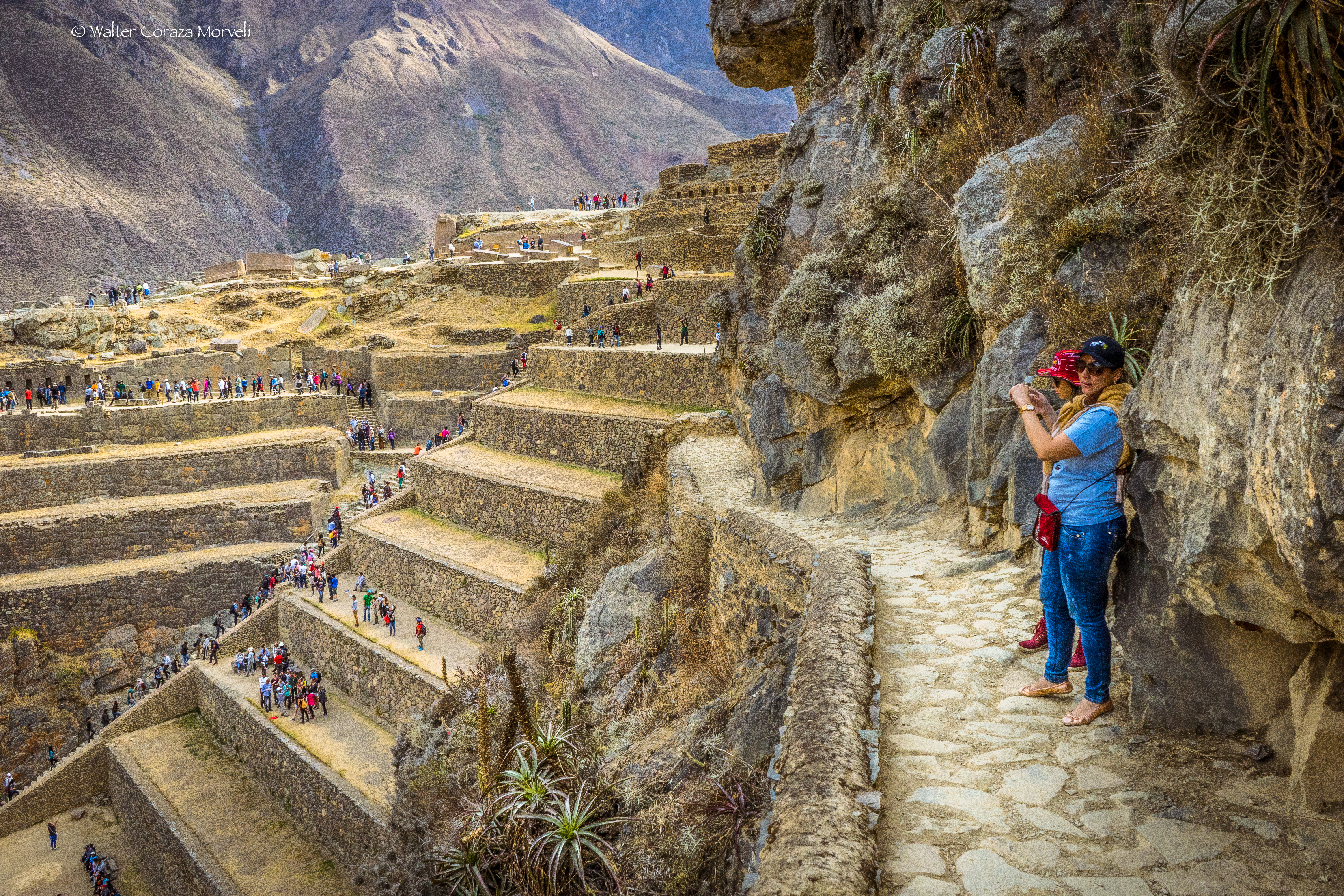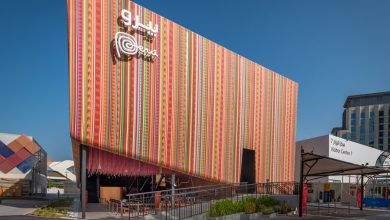Tupac Amaru’s Home Declared Cultural Heritage of Peru

Stitched together from diverse regions, interests, and peoples, Peru has sought to build a single national identity. While the economy is one vector of building and celebrating Peruvianness, cuisine is another as is cultural heritage or rather the material objects of the intangible but much felt. Saturday, August 6, 2016, Peru’s Ministry of Culture declared the home of Tupac Amaru II Cultural Heritage of the Nation.
Located in a remote, rural community named Surimana, Province of Canas in Cusco, on the slope of a hill amongst trees and fields, the adobe home with an orange tile roof, represents what the official declaration called “the inherent value of identity and collective memory at local and national levels.”

Tupac Amaru, a descendant of the Inca whose given name was José Gabriel Condorcanqui, struggled with another prominent family over the noble title and lands of the Marquisate of Oropesa using many legal and historical means before leading an uprising in the late eighteenth century. The rebellion shook the Spanish government of Peru as well as Creole and Spanish elites. It, along with the companion rebellion of Tupac Katari on the altiplano left deep memories and wounds in Peru.
Now it is understood as a precursor to Peru’s independence and Condorcanqui has become a national hero, though he was drawn and quartered in the main square, the Plaza de Armas, of Cusco. His last name means “you are condor” and his revolutionary title is a reference to the last free Inca ruler meaning Noble Serpent.

School children already learn of him and his heroic struggle for Peru. Declaring his house patrimony brings the complexity of rural life in the late colonial period into discussion and formal memory, in which Inca descendants struggled in the courts, and sometimes violently, with each other and with Spanish for control of estates, governance, and the lives of local peoples.

Tangibly manifested in the rustic construction of adobe and tiles in rural Peru, and in a traditional architectural form around an open courtyard, the home speaks to mixing of Spanish and indigenous at the same time it carries deep indigenous and local meaning. It represents so many other homes and families whose walls do not become Cultural Heritage other than through this declaration.
At a time when Lima, Peru’s capital, is booming and claims almost a third of the country’s population, this declaration returns attention to rural Cusco and to its people.




